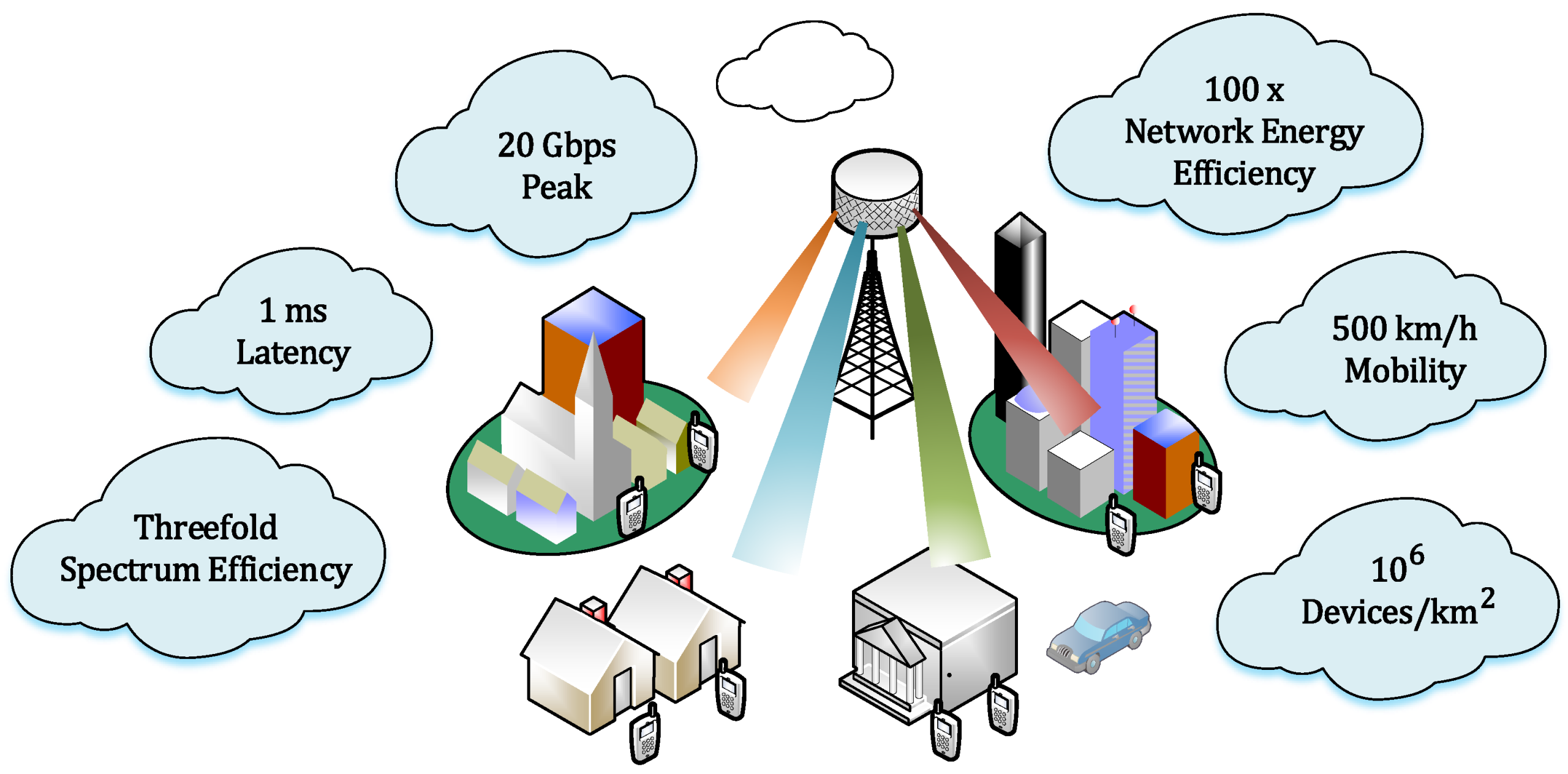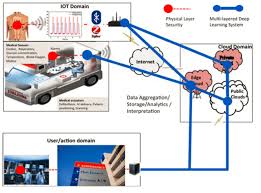Massive MIMO Coding Techniques: Improving 5G Network Performance
telcomatraining.com – As the demand for faster and more reliable mobile networks continues to surge, 5G technology has become the cornerstone of the next-generation wireless communications. One of the most crucial innovations that contribute to the high-speed capabilities of 5G networks is Massive Multiple Input Multiple Output (Massive MIMO) technology. This technique enhances the network’s capacity by utilizing a large number of antennas, resulting in better data rates, more stable connections, and improved coverage. In this article, we’ll explore the role of Massive MIMO coding techniques and how they contribute to improving 5G network performance.
What is Massive MIMO?
Massive MIMO is a transformative wireless communication technology that uses a significantly larger number of antennas compared to traditional MIMO systems. While conventional MIMO systems might use a few antennas (such as 2 or 4), Massive MIMO can use hundreds or even thousands of antennas simultaneously. These antennas work together to send and receive signals across multiple channels, drastically increasing the network’s data throughput and reliability.
The implementation of Massive MIMO in 5G networks is vital for meeting the high demands of modern applications like autonomous vehicles, smart cities, and virtual reality, where fast and reliable connections are essential. By utilizing a larger antenna array, the technology improves spectral efficiency, reduces interference, and boosts signal strength.
The Importance of MIMO Coding Techniques in 5G
The success of Massive MIMO relies not just on the large antenna arrays, but also on efficient coding techniques. Coding techniques are essential for ensuring that the transmitted data is accurately received, even in the presence of noise or interference. These techniques enable the system to handle the complexity of transmitting data through multiple antennas while maintaining signal integrity.
There are several coding techniques commonly used in Massive MIMO systems to enhance 5G network performance:
1. Spatial Multiplexing
Spatial multiplexing is one of the primary coding techniques used in Massive MIMO systems. It involves transmitting multiple data streams simultaneously across different spatial channels. By using multiple antennas at both the transmitter and receiver, spatial multiplexing increases the data rate without requiring additional bandwidth or power.
In 5G networks, spatial multiplexing helps improve throughput by allowing more data to be transmitted in parallel. As a result, users can experience higher download and upload speeds, which is particularly beneficial for bandwidth-intensive applications like video streaming and large file transfers.
2. Precoding
Precoding is another essential technique used in Massive MIMO systems to enhance signal quality. Precoding refers to the process of applying a mathematical transformation to the transmitted signal to ensure that the signal reaches the receiver with minimal distortion. This technique compensates for channel impairments, such as interference and fading, that may affect the signal during transmission.
By using advanced precoding techniques, such as dirty paper coding (DPC) or linear precoding, 5G networks can effectively combat interference from neighboring cells or other users. This leads to better signal quality and, ultimately, improved network performance.
3. Channel Estimation
Accurate channel estimation is crucial for the performance of Massive MIMO systems. Since the channels in wireless communication are dynamic and subject to various environmental factors, such as weather conditions and obstacles, it is important to continuously estimate and update the channel state information (CSI).
Modern coding techniques in Massive MIMO focus on improving the accuracy of channel estimation. By using techniques such as compressed sensing or machine learning algorithms, 5G networks can estimate channel conditions more efficiently, which enhances the overall quality of the communication link.
4. Diversity Coding
Diversity coding is used in Massive MIMO to improve the reliability of data transmission. It involves transmitting the same information through multiple paths or antennas to ensure that the data reaches the receiver, even if some paths experience interference or fading.
In 5G networks, diversity coding can be implemented by exploiting the spatial diversity offered by the large antenna arrays. This technique ensures that users experience a more stable connection, reducing the likelihood of dropped calls or slow data speeds.
How Massive MIMO Improves 5G Network Performance
Massive MIMO technology, combined with sophisticated coding techniques, offers several benefits that significantly improve the performance of 5G networks:
- Increased Data Rates: By enabling multiple data streams to be transmitted simultaneously, Massive MIMO enhances the data throughput, leading to faster download and upload speeds. This is crucial for meeting the needs of high-demand applications in 5G, such as ultra-high-definition video streaming and real-time gaming.
- Reduced Latency: Massive MIMO helps reduce the latency in 5G networks by improving the efficiency of the communication channel. With lower latency, applications that require real-time responsiveness, such as autonomous vehicles or remote surgeries, can function without delay.
- Improved Coverage: The large number of antennas in Massive MIMO systems allows for better coverage, particularly in dense urban areas or rural regions with limited infrastructure. By increasing signal strength and reducing interference, Massive MIMO extends the coverage area, ensuring that users have a reliable connection no matter their location.
- Enhanced Spectral Efficiency: Massive MIMO increases the spectral efficiency of the network, meaning that more data can be transmitted within a given frequency range. This allows operators to maximize the use of available spectrum and support more users on the same network.
Conclusion
Massive MIMO is a game-changer for 5G networks, significantly improving data rates, reliability, and coverage. Through advanced coding techniques like spatial multiplexing, precoding, channel estimation, and diversity coding, Massive MIMO enables 5G networks to meet the demands of modern communication applications. As 5G networks continue to evolve, the role of Massive MIMO and its associated coding techniques will remain central to enhancing performance and delivering the high-speed, low-latency connections that users expect.
By leveraging these cutting-edge technologies, mobile network providers can ensure that 5G fulfills its potential as a transformative force in the world of wireless communication.
4o mini







